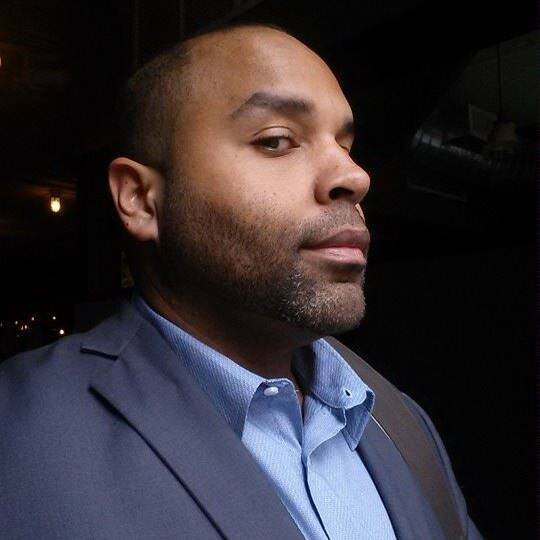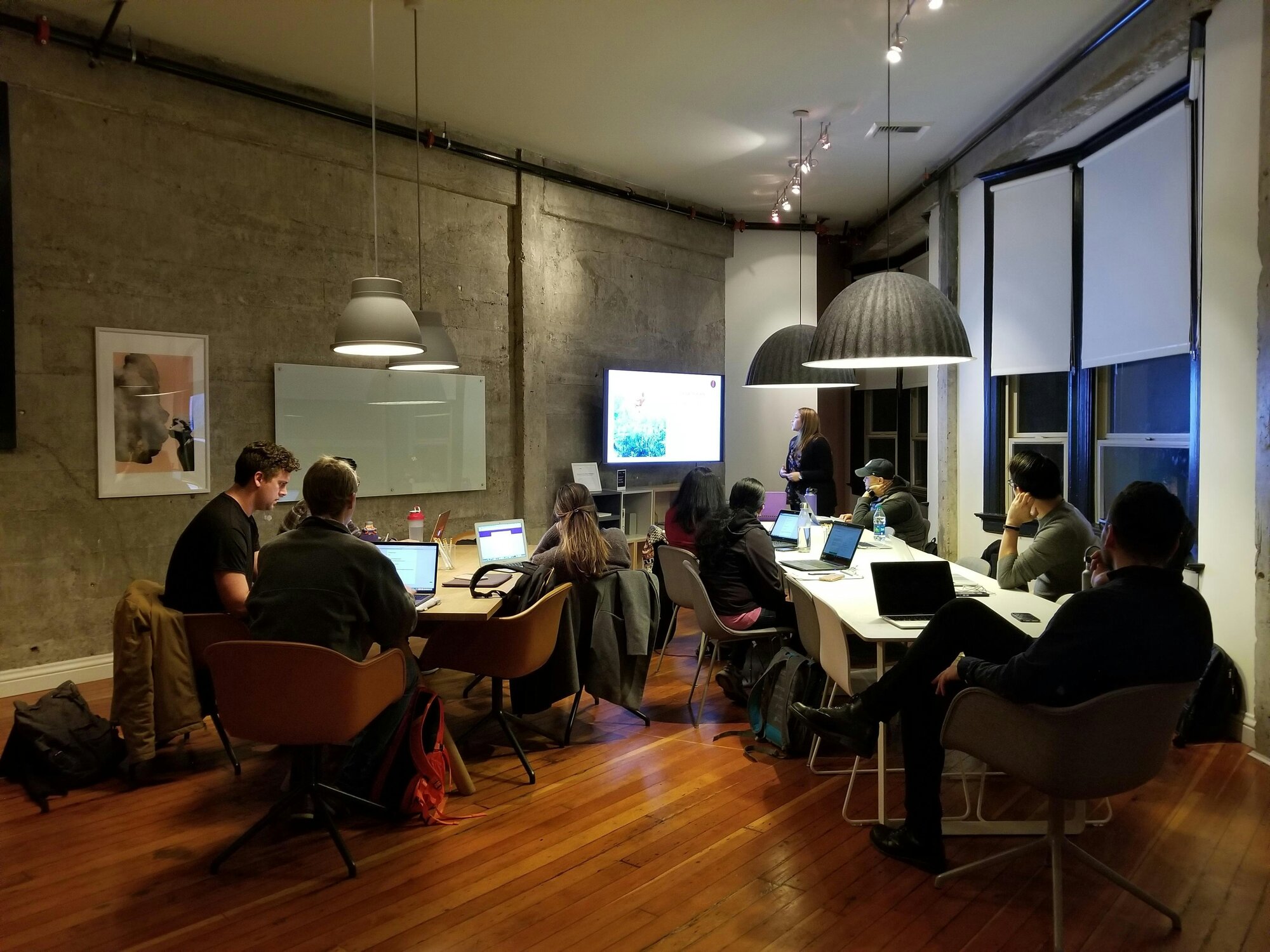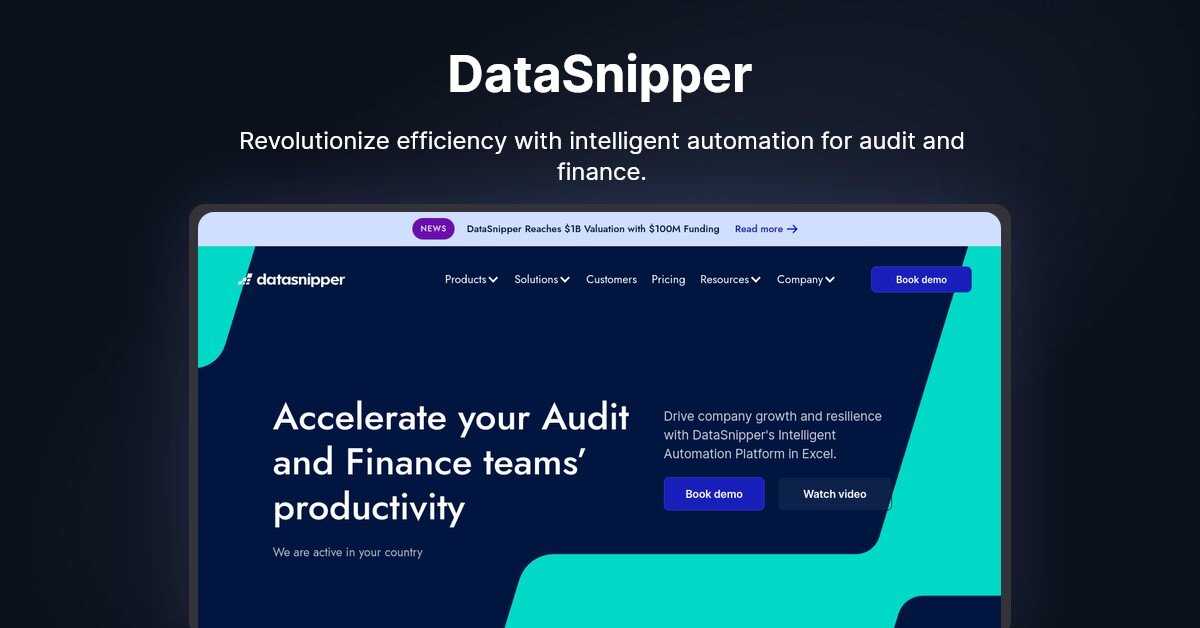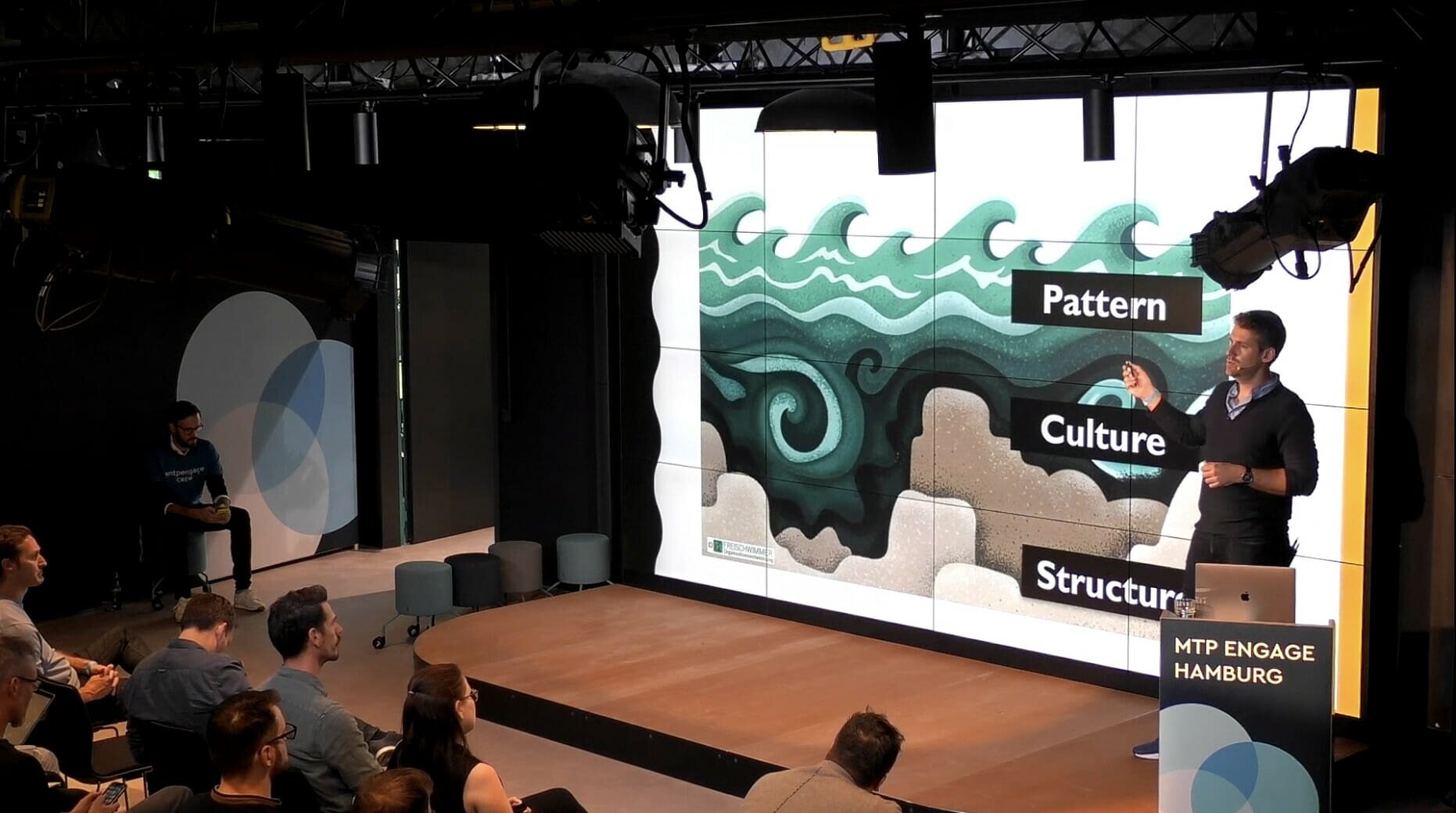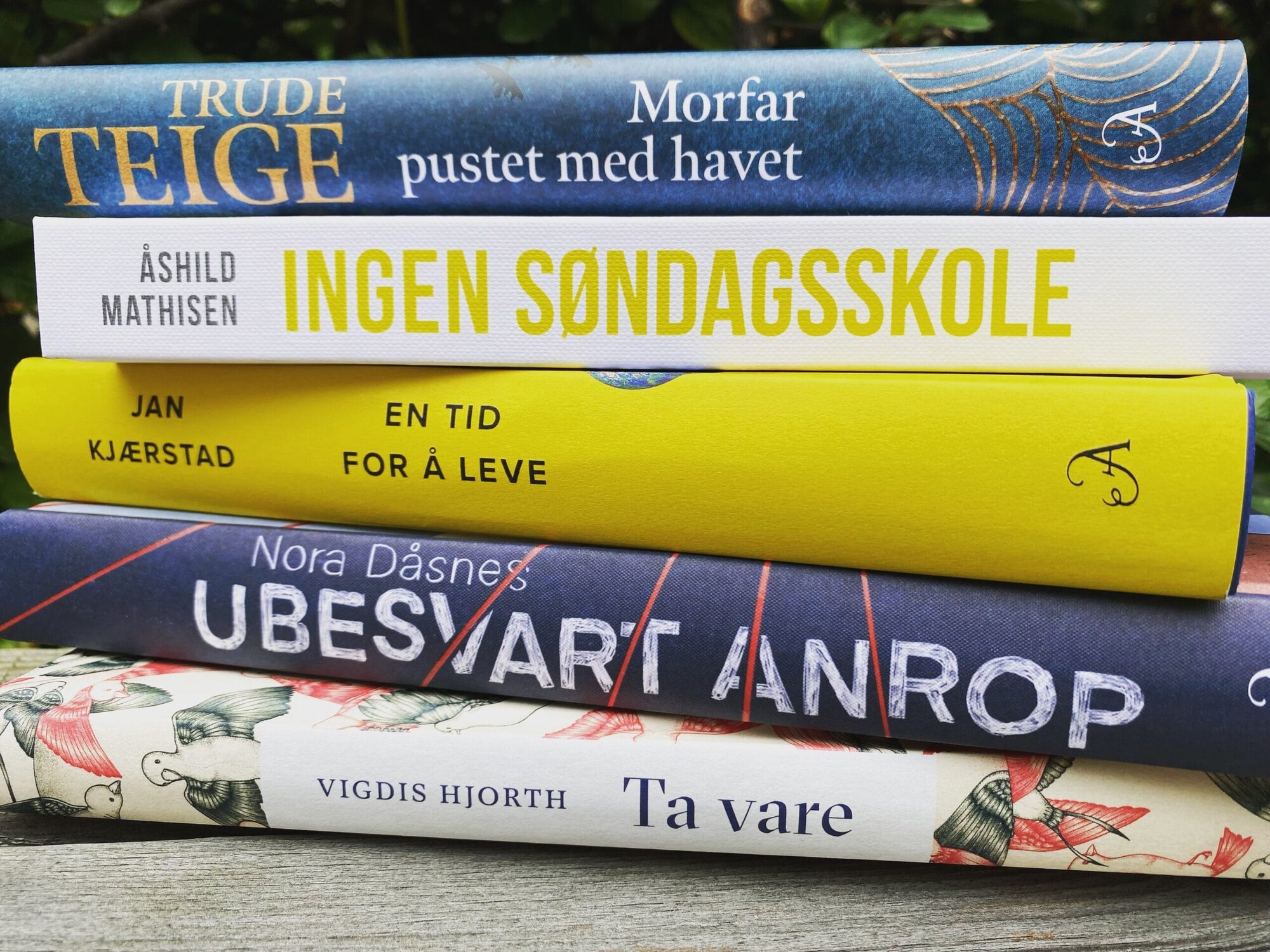At #mtpcon London 2022, Nils Michaelis explains his experiences in building a digital product at LEGO Group. He is a well-known product management coach and director of Group Business Agility at the LEGO group. He has previously worked at prestige organizations like Google and Trust Pilot.
Watch this video or read on for key highlights from the talk.
Build a duck challenge
Nils shared a QR code that leads to the web page with a push button called "Quack." As soon as you press the quack button, you will see six bricks, and you can move them around. These bricks can also change direction if you double-tap on them. When all six bricks are together, they will release into a pond.
He states that we must utilize digital elements in our physical play and act as they work together. These two elements balance each other.
Nils gives 45 seconds to build a duck. The purpose of this challenge is to utilize different skills to create different types of products. Once all the ducks were made, they were released into the pond. At the end of the challenge, people created twenty-four sets using six bricks.
The idea is that when the team comes together, each individual brings a different skill set to the table. As a result, different types or variants of products take birth. In the case of LEGO, the developers didn't know which variant kids would prefer. So, they had to test multiple models.
What is business agility?
Business Agility means constantly innovating and challenging ourselves to remain competitive and relevant. In the case of LEGO, they started business in 1932 from wooden toys. By 1958 LEGO started creating the brick design.
The innovation led LEGO to create story plays so children could make something out of them. As technology advanced, they invested in hybrid and digital products to maintain a competitive edge. This way, LEGO enhanced physical play through digitalization.
How LEGO brand framework works
Nils showed the elements of the LEGO Brand Framework and how it operates. The following are the elements
- Belief
- Mission
- Vision
- Idea
- Values
- Promises
- Spirit
Set digitalization as a strategic focus
Organizations must adjust to rapid digitalization as gaming and entertainment experiences evolve. Buying journey and expectations have become complexed and broadened.
Moreover, Nils also highlighted the fact that not everything is project management. We must be flexible and aware of certain market conditions and supply chain issues.
How LEGO digitalize and develop in the fast-moving digital world
LEGO created a very effective strategy and split its digital project into following four groups
- Consumers (every consumer is not a buyer)
- Shoppers (every shopper is not a consumer)
- Partners (who help in selling)
- Colleagues (people who work in the organization)
The purpose is to find out these groups' needs, data, and requirements and find the solution.
Wrapping up
Nils identified the three following factors as the key elements to achieve agility in product development.
- Talent (invest in people, train and coach them)
- Culture (accept failure, safe experimentation, and always find new patterns of collaboration)
- Leadership (Lead the vision, be a coach and mentor, not take assumptions as facts, and help remove barriers for the team)
Three key takeaways
- Focus on creating a safe environment
- Be pragmatic
- Bring everybody around
There's more where that came from!
Explore more #mtpcon London 2022 content, or use our Content A-Z to find even more product management insights.
